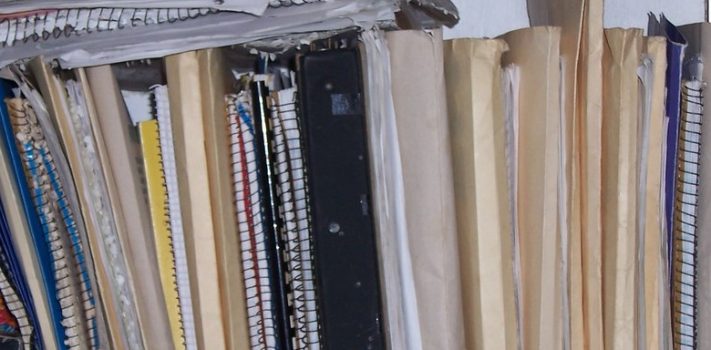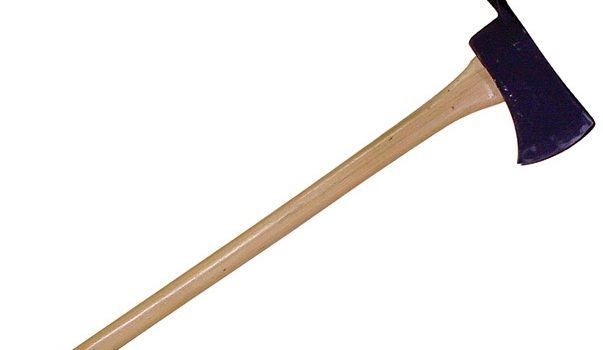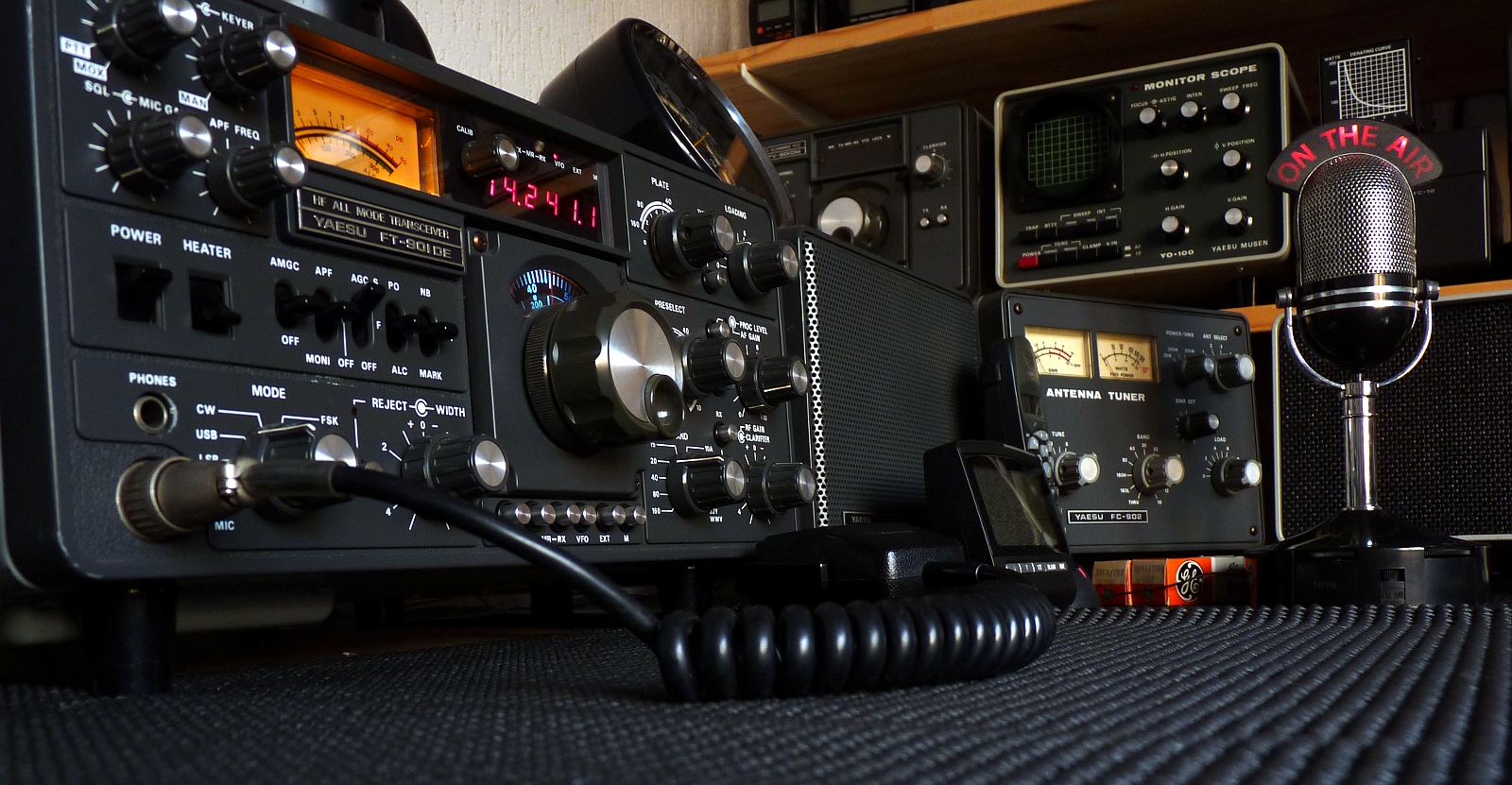JWR’s Recommendations of the Week:
Here are JWR’s Recommendations of the Week for various media and tools of interest to SurvivalBlog readers. The focus is usually on emergency communications gear, bug out bag gear, books, and movies–often with a tie-in to disaster preparedness, and links to “how-to” self-sufficiency videos. There is also an emphasis on links to sources for storage food and a variety of storage and caching containers. You will also note an emphasis on history books and historical movies. As an Amazon Associate, I earn from qualifying purchases. This week the focus is on your last-week-with-certain-shipping-before-Christmas shopping — especially tools that are Made …












